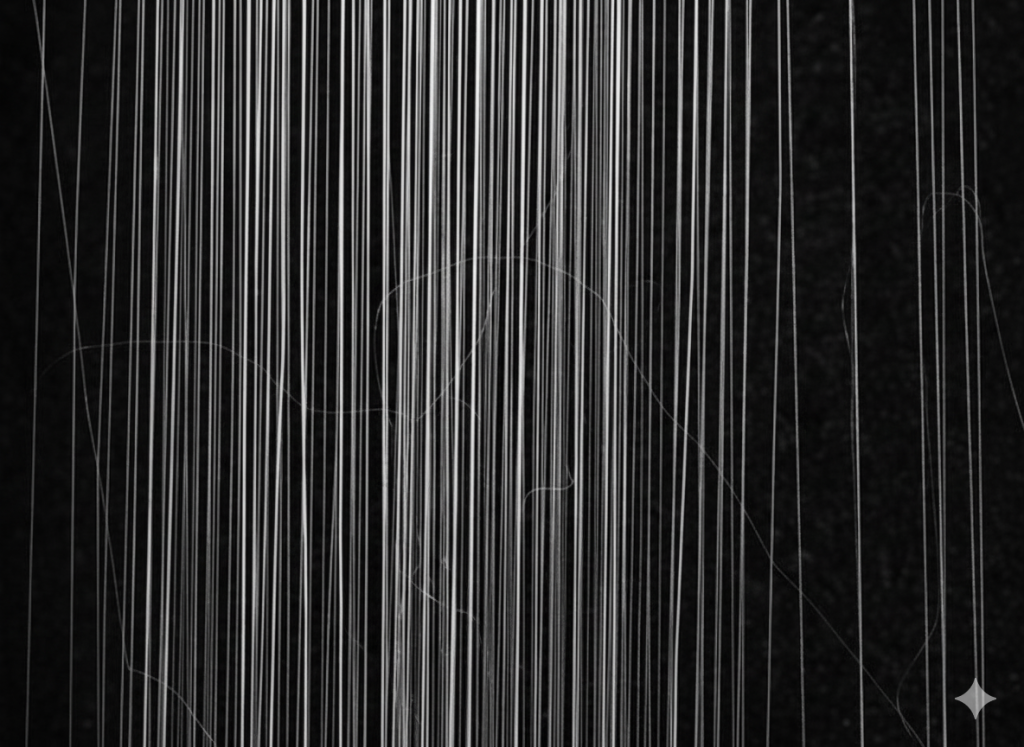Synthetic spider silk has garnered significant attention due to its remarkable mechanical properties, including exceptional strength, resilience, and flexibility. These attributes make it a promising candidate for various applications, particularly in the biomedical field. Recent advancements have brought us closer to the large-scale production and practical utilization of this extraordinary material.
Breakthroughs in Production Methods
Genetically Modified Silkworms
In September 2023, researchers in China achieved a significant milestone by producing spider silk fibers using genetically modified silkworms. By introducing spider silk protein genes into silkworms, they successfully synthesized fibers that are six times tougher than Kevlar, a material commonly used in bulletproof vests. This method leverages the well-established rearing techniques of silkworms, offering a cost-effective and scalable approach to spider silk production. The resulting fibers could serve as environmentally friendly alternatives to synthetic fibers like nylon, with potential applications in medical sutures, textiles, and protective gear.
Artificial Spinning Techniques
In September 2024, another advancement was reported involving the artificial spinning of spider silk proteins produced by engineered microbes. Researchers developed a technique using an array of tiny, hollow needles attached to a 3D printer nozzle, mimicking the natural spinning process of spiders. This method allowed the creation of artificial silk fibers strong enough to be woven into bandages. When applied to mice with osteoarthritis and chronic wounds. These silk-based dressings enhanced healing, demonstrating the material’s potential in next-generation medical applications.
Biomedical Applications
The unique properties of synthetic spider silk make it particularly suitable for biomedical uses:
- Wound Healing: Silk-based dressings have been shown to promote tissue repair and reduce inflammation in joint injuries and skin lesions.
- Surgical Sutures: The biocompatibility and strength of spider silk fibers make them ideal candidates for sutures. Potentially improving healing outcomes and reducing scarring.
- Drug Delivery: The ability to incorporate therapeutic agents into silk-based materials opens avenues for targeted drug delivery systems.
Environmental Impact
Traditional synthetic fibers, such as nylon and polyester, are derived from fossil fuels and contribute to environmental pollution through microplastic release. In contrast, spider silk is biodegradable and can be produced through more sustainable methods, especially when utilizing genetically modified organisms like silkworms. This positions synthetic spider silk as a greener alternative in various industries.
Future Directions
While significant progress has been made, challenges remain in optimizing the production processes for synthetic spider silk to achieve commercial viability. Ongoing research focuses on enhancing the mechanical properties of the fibers. Scaling up production methods, and exploring new applications across different fields. The continued collaboration between academic institutions and industry partners will be crucial in unlocking the full potential of synthetic spider silk.
In conclusion, recent advancements have brought synthetic spider silk closer to practical application, particularly in the biomedical sector. Its exceptional properties and environmental benefits make it a promising material for future technologies.




